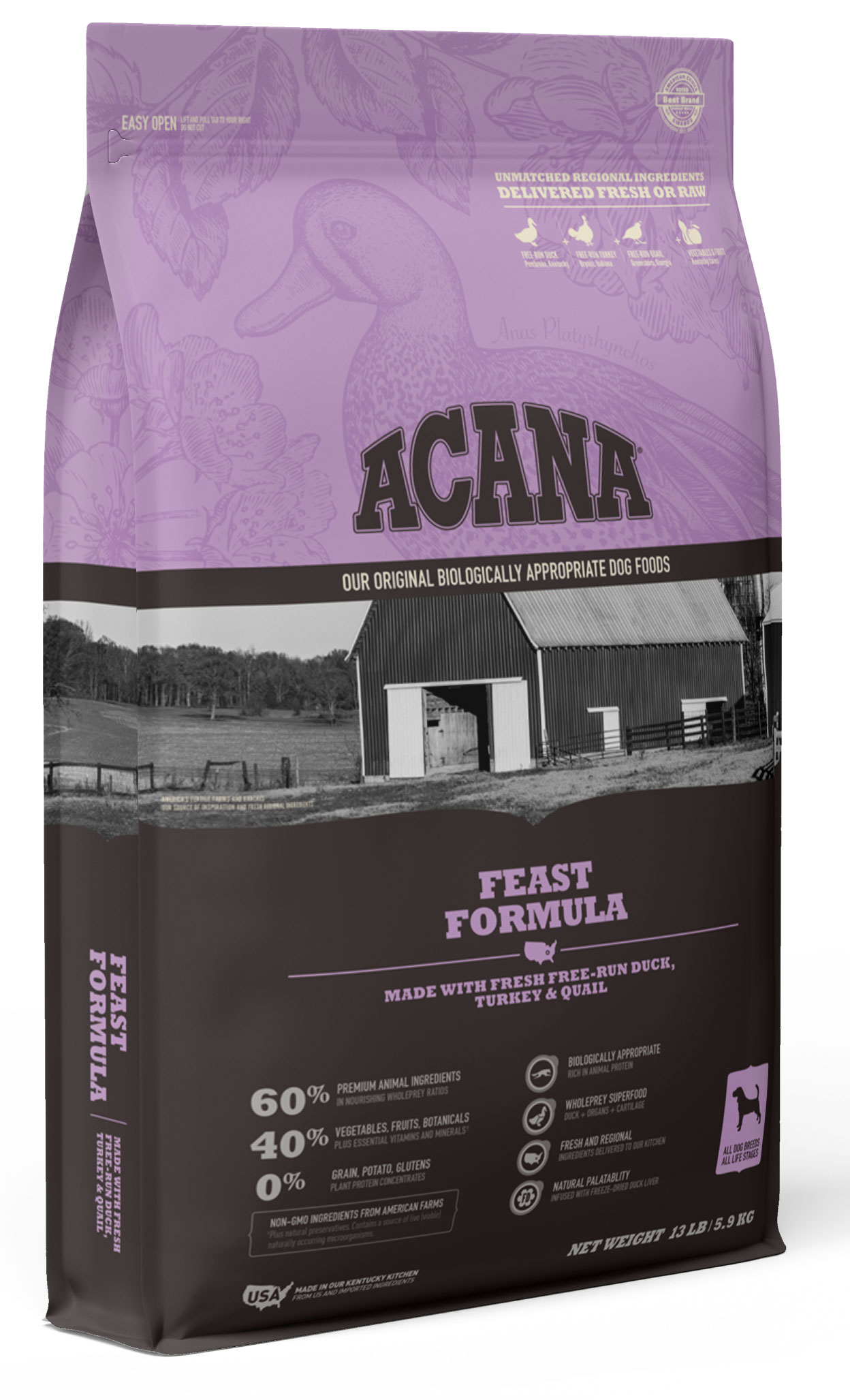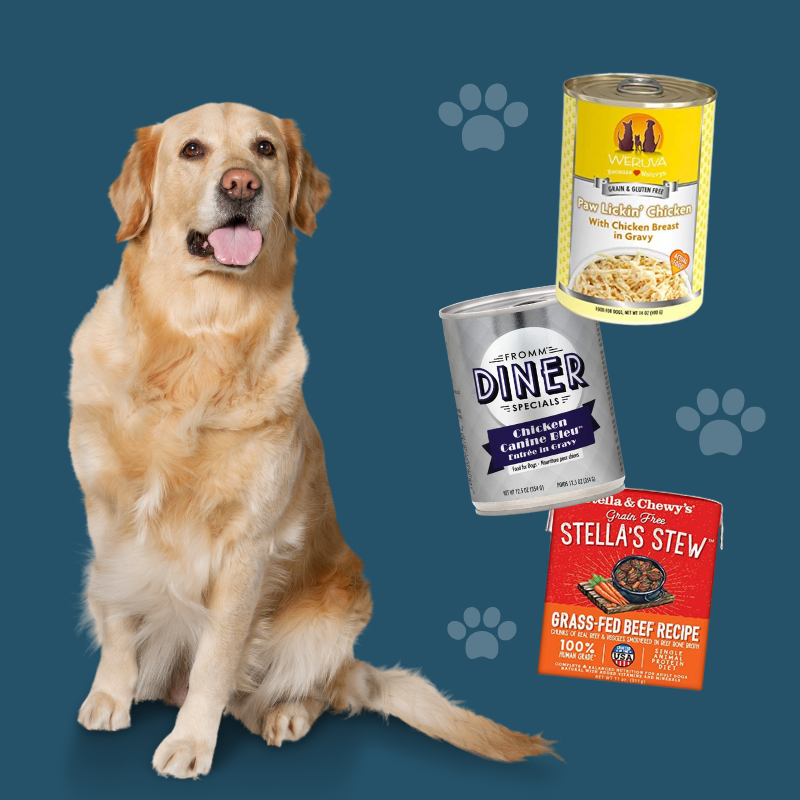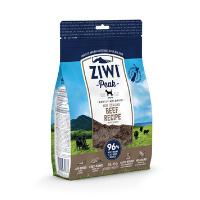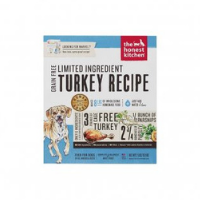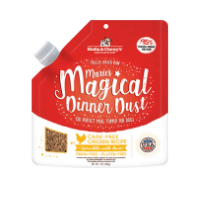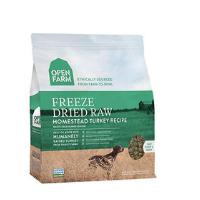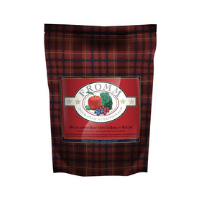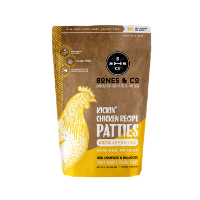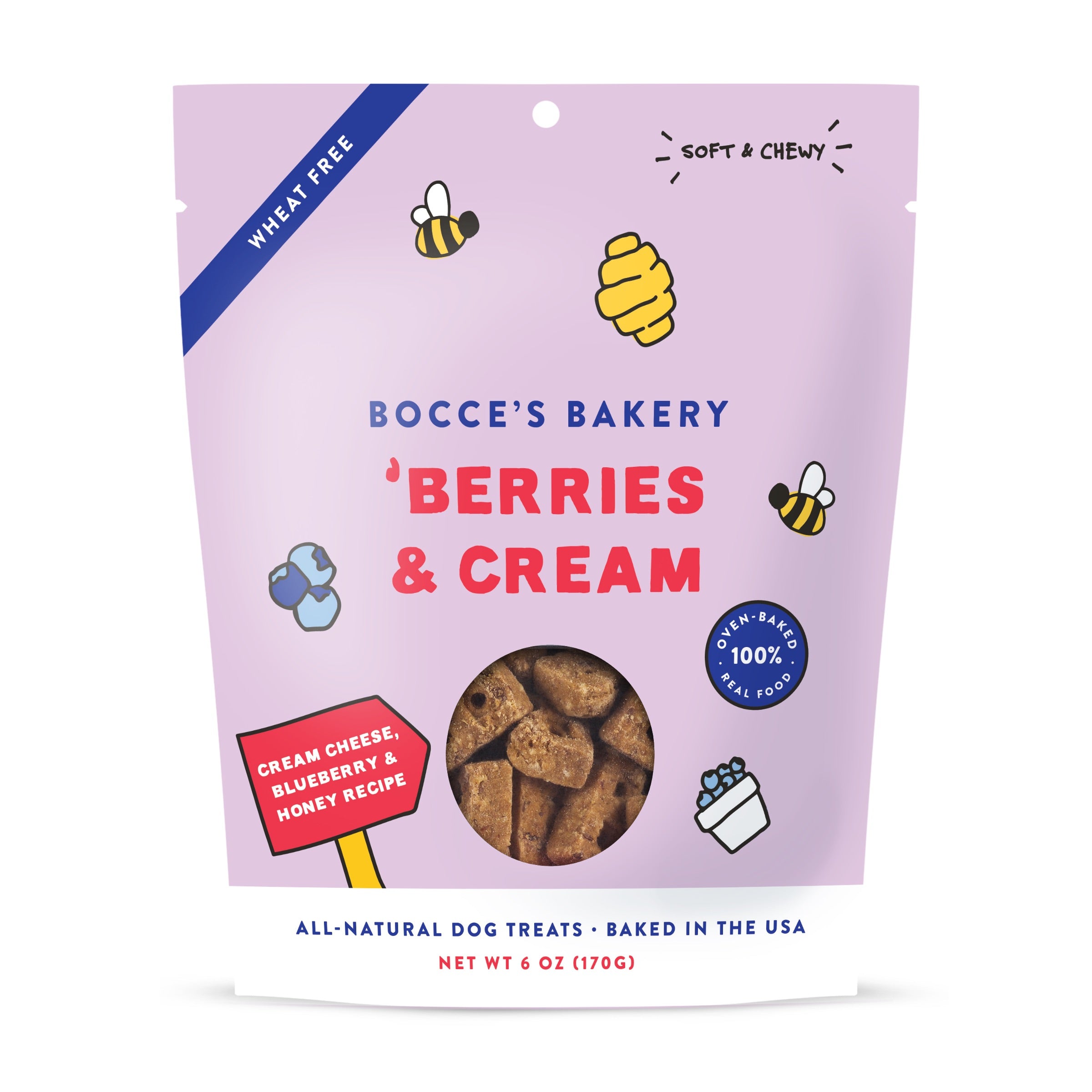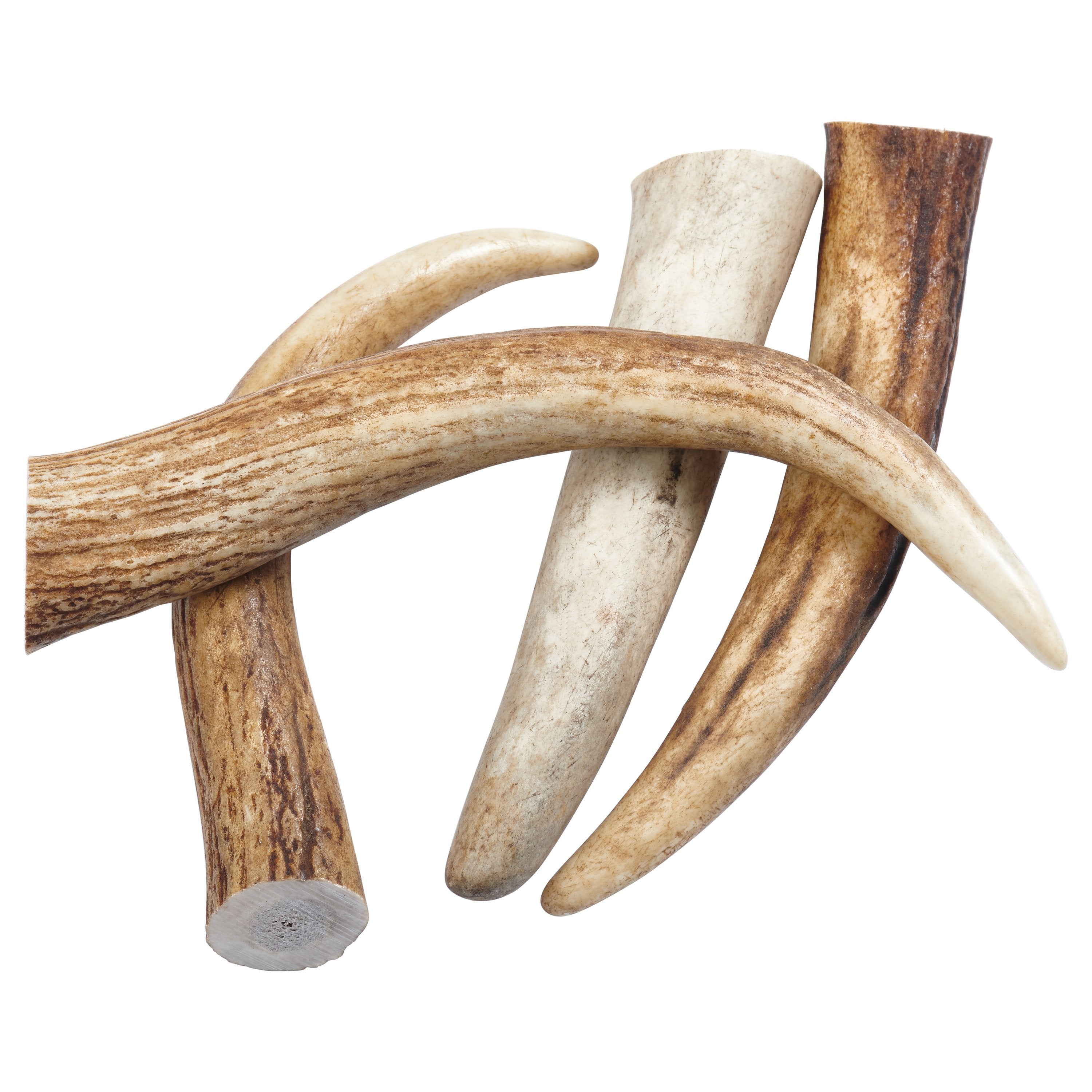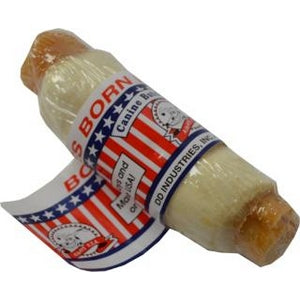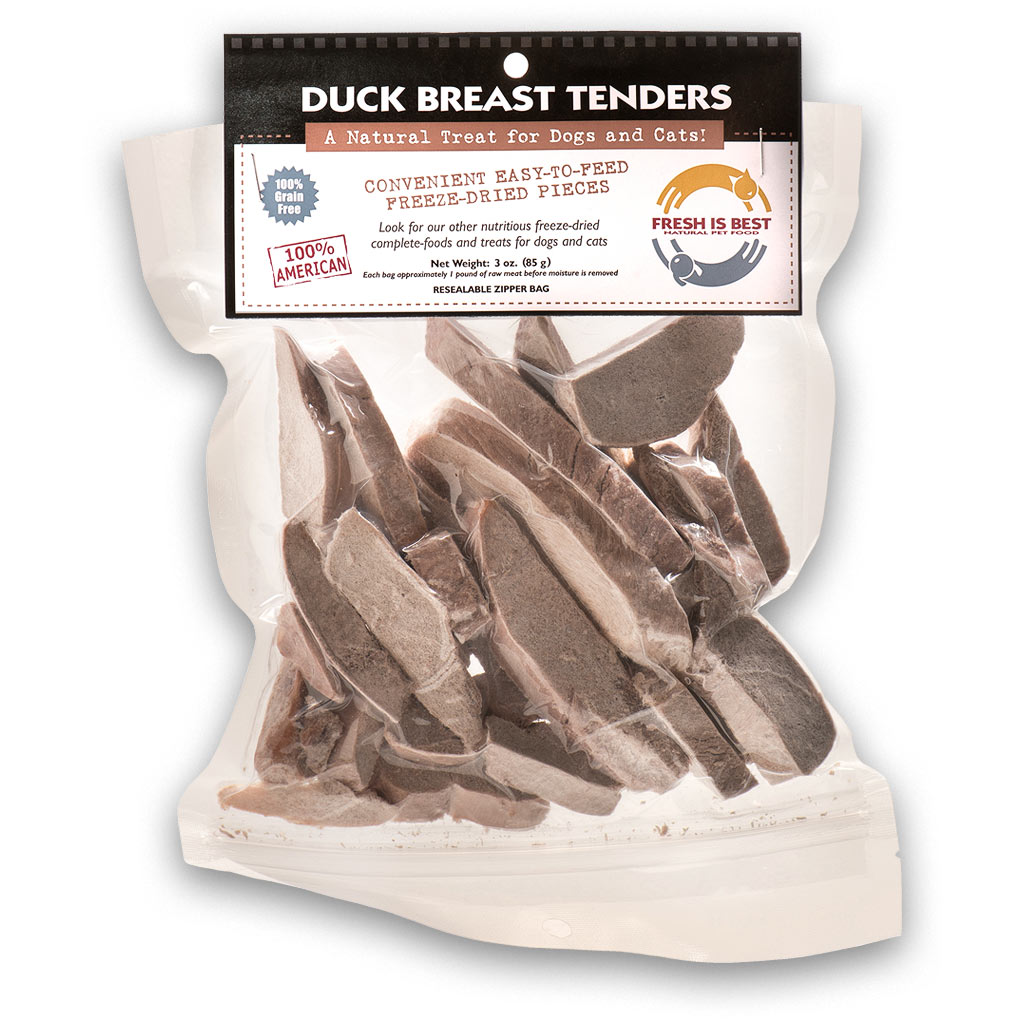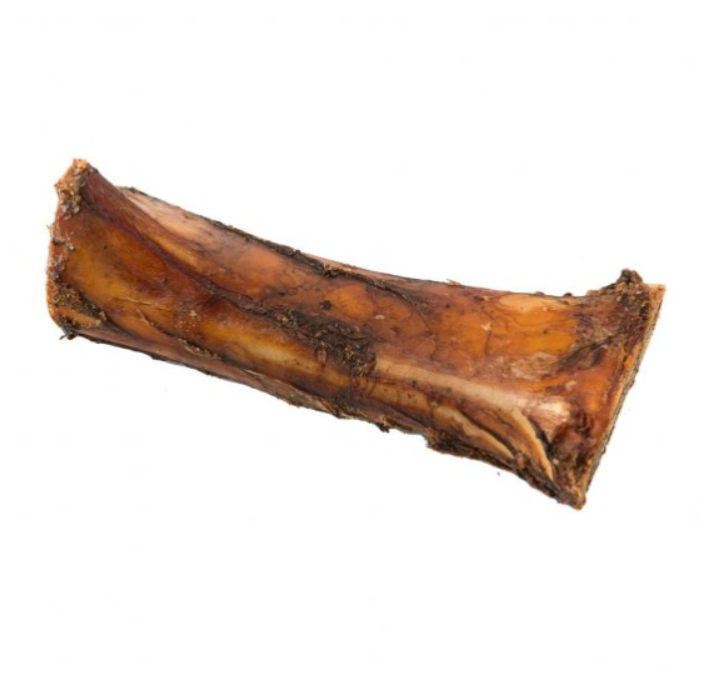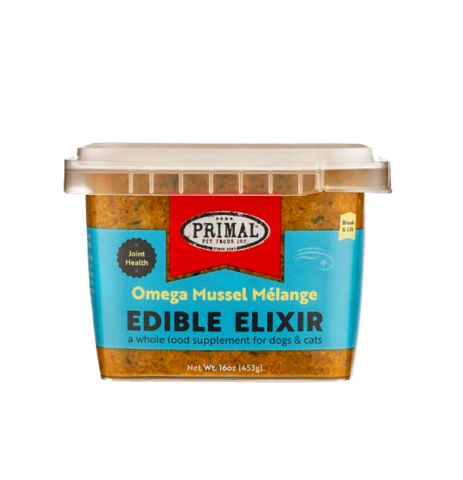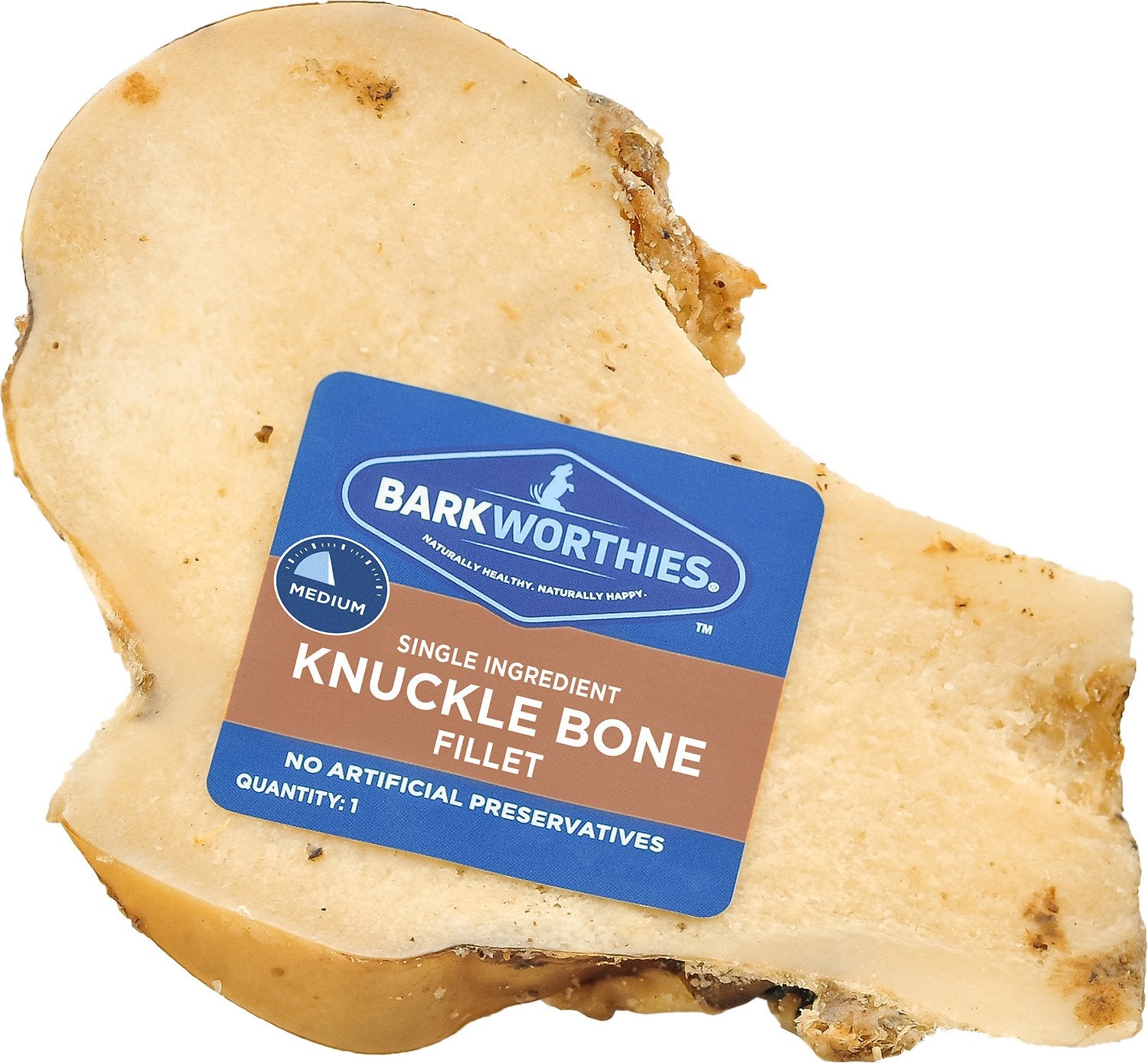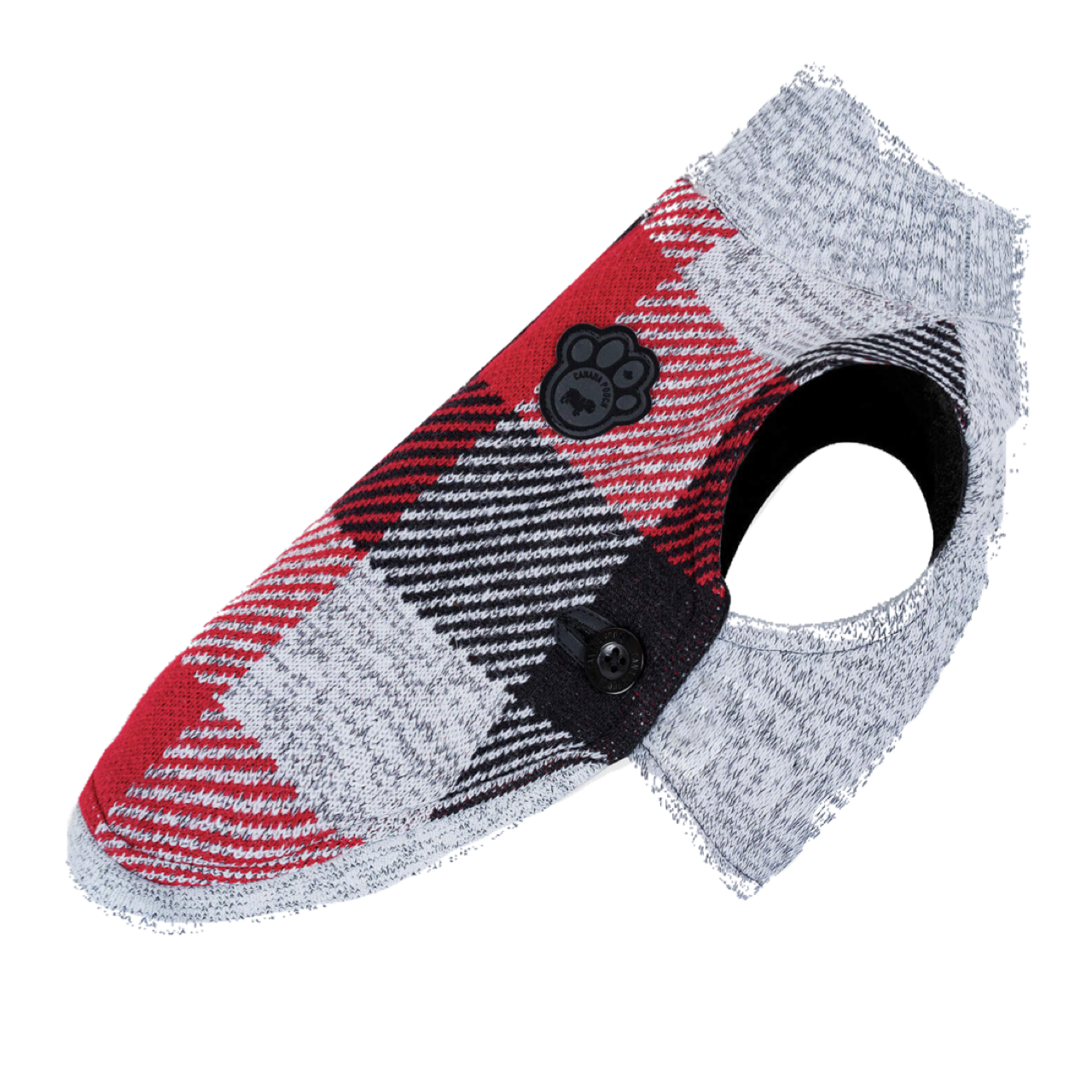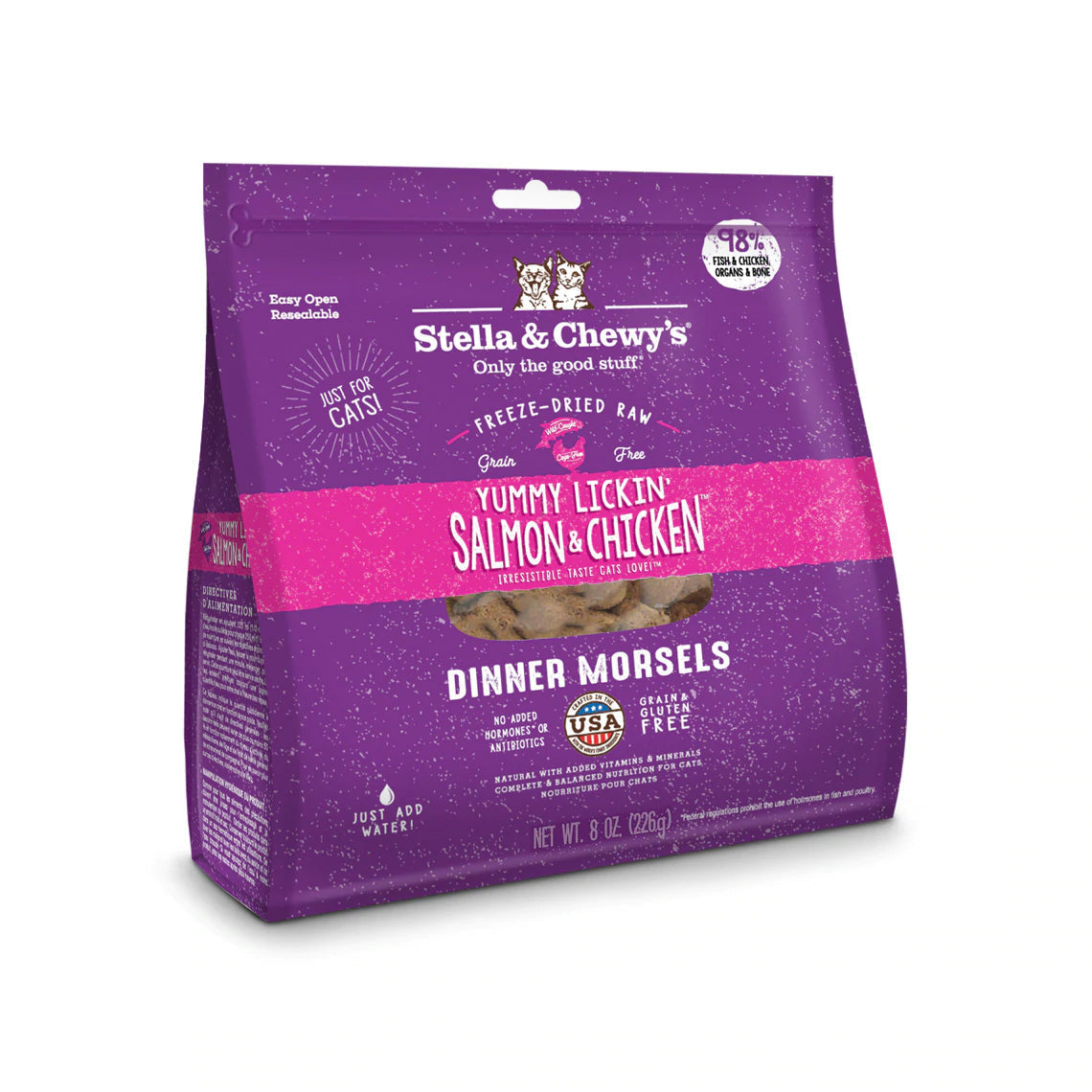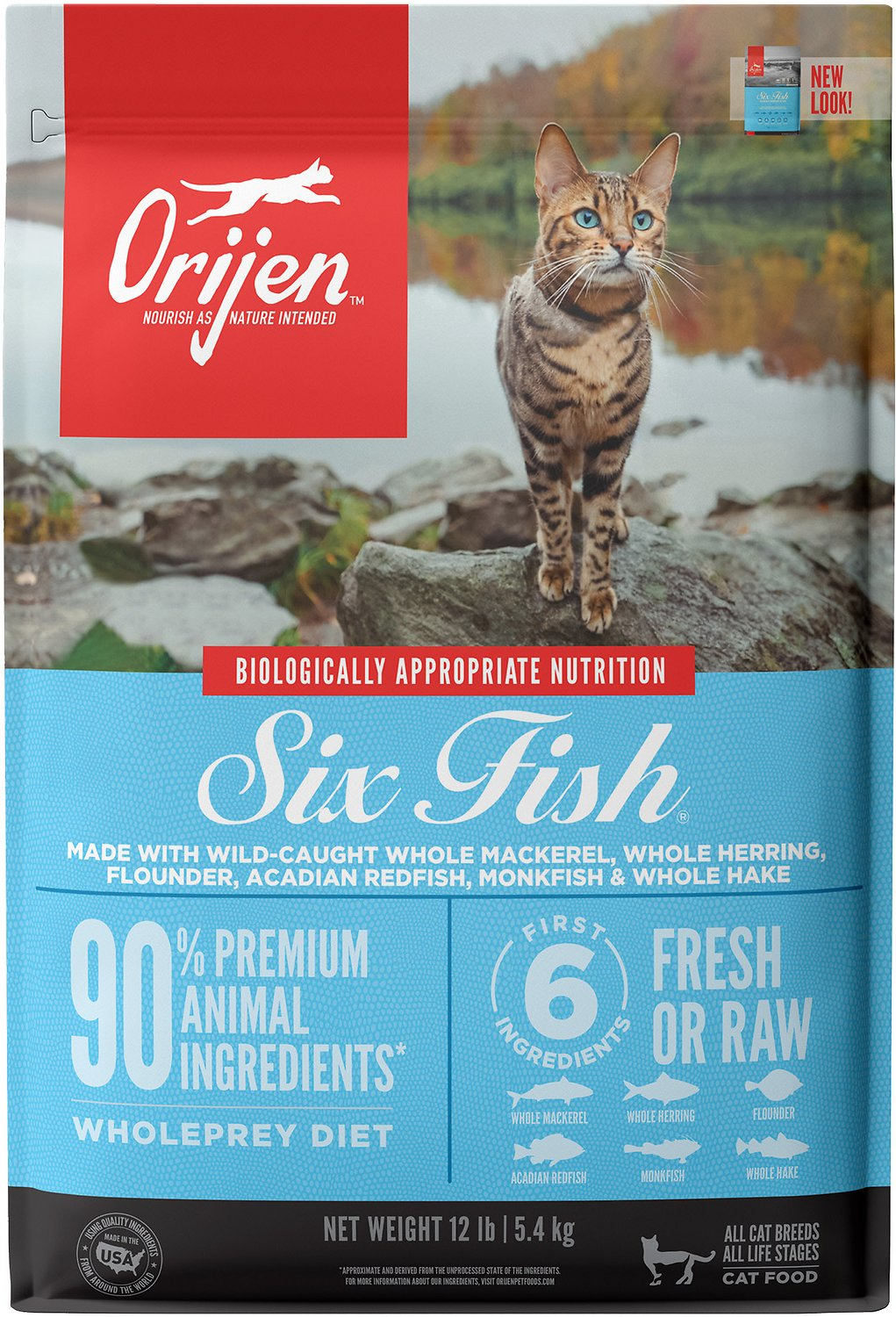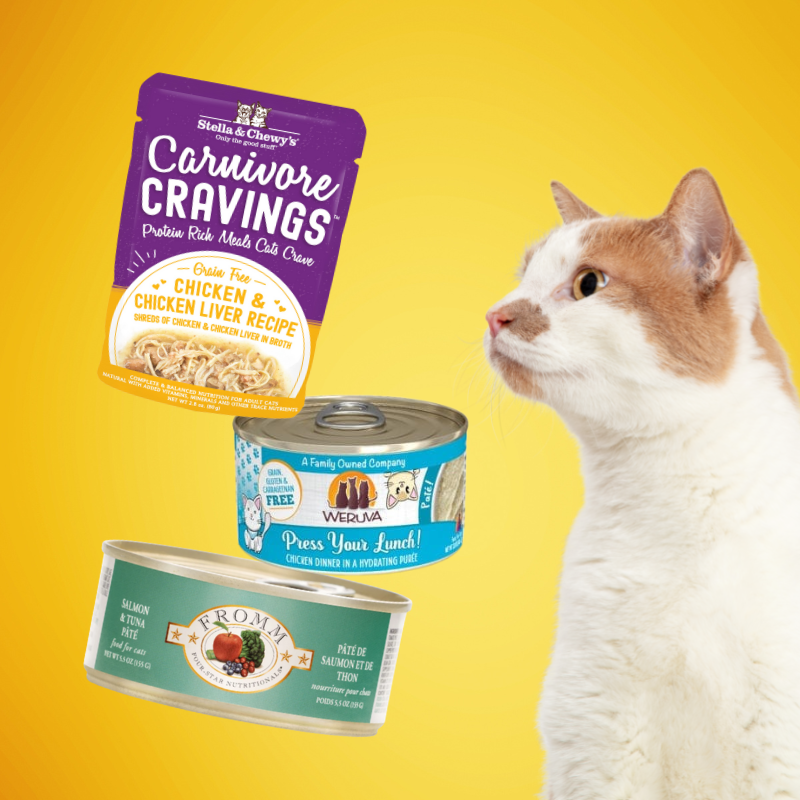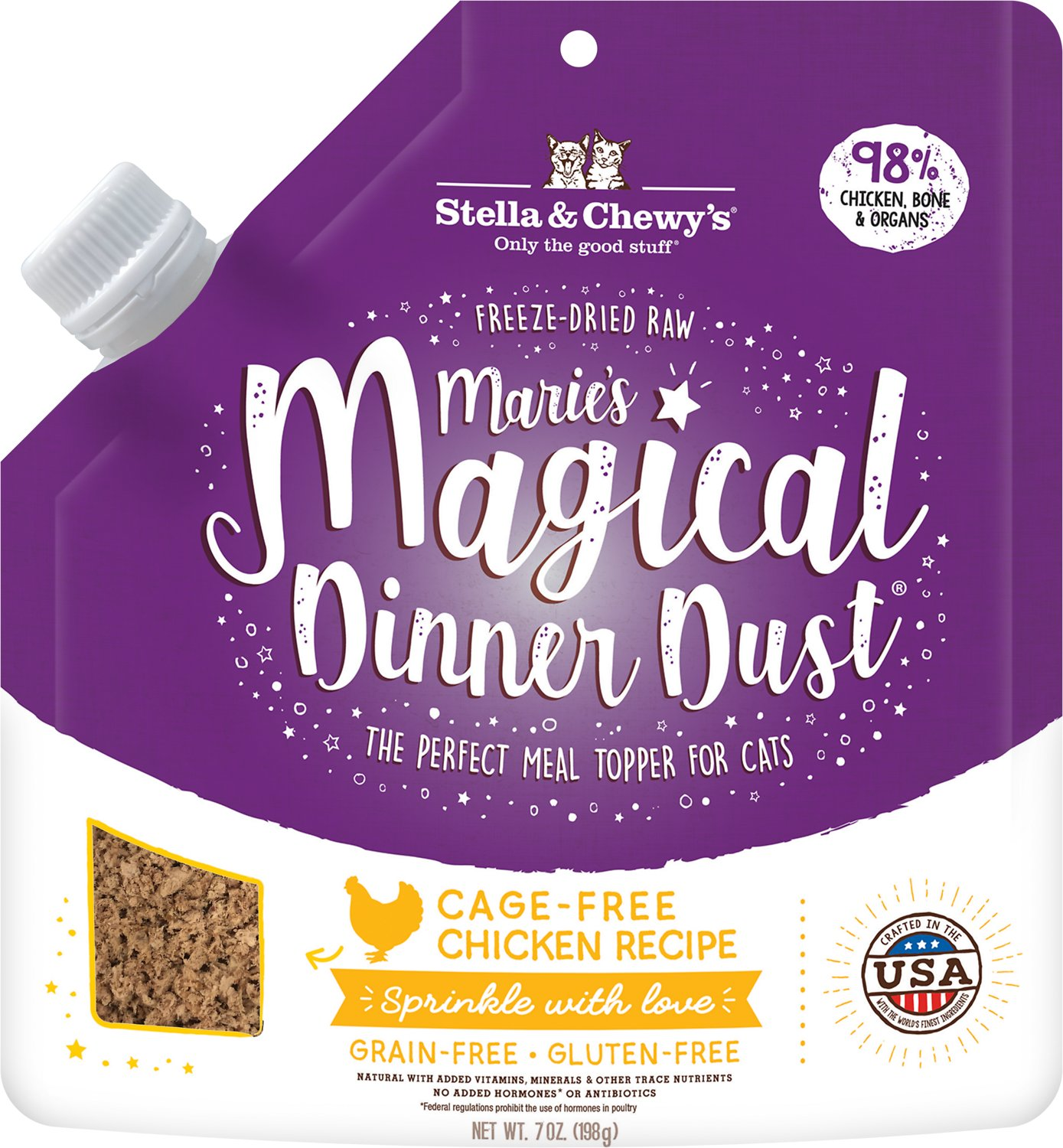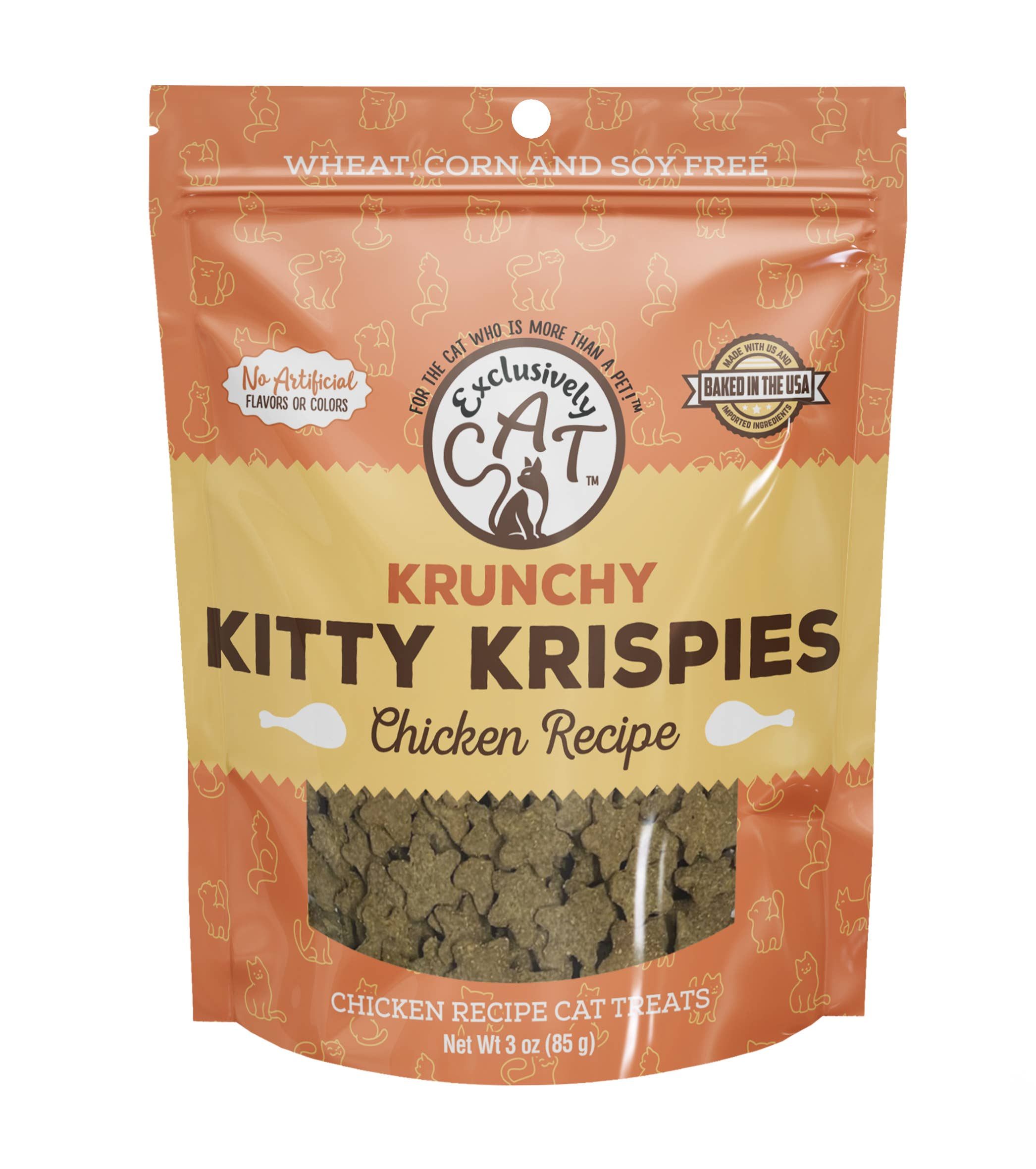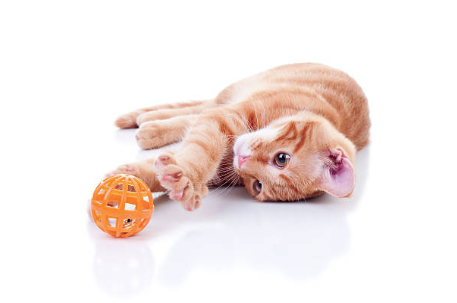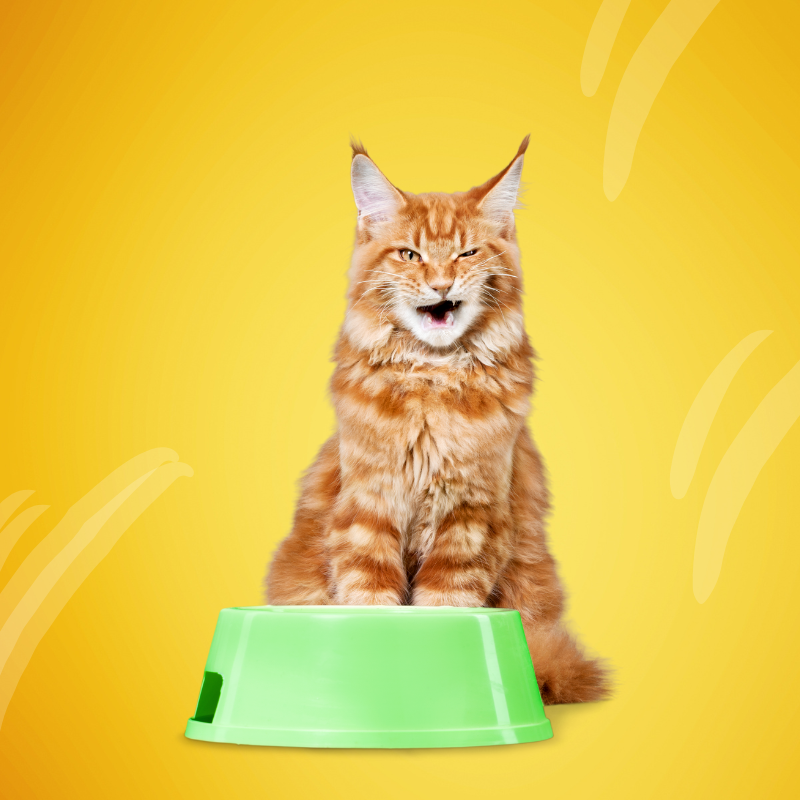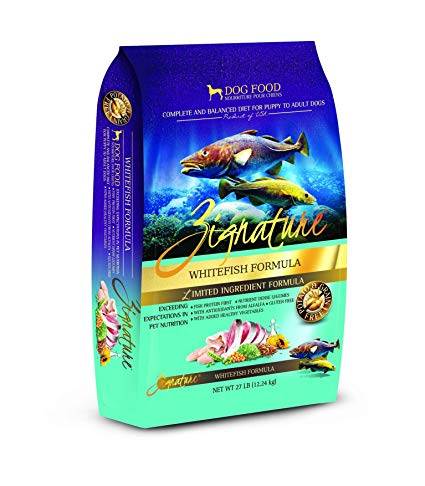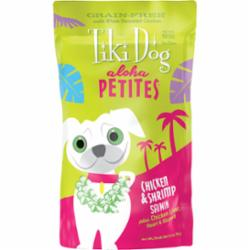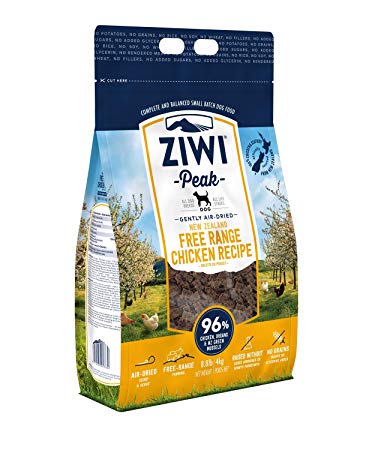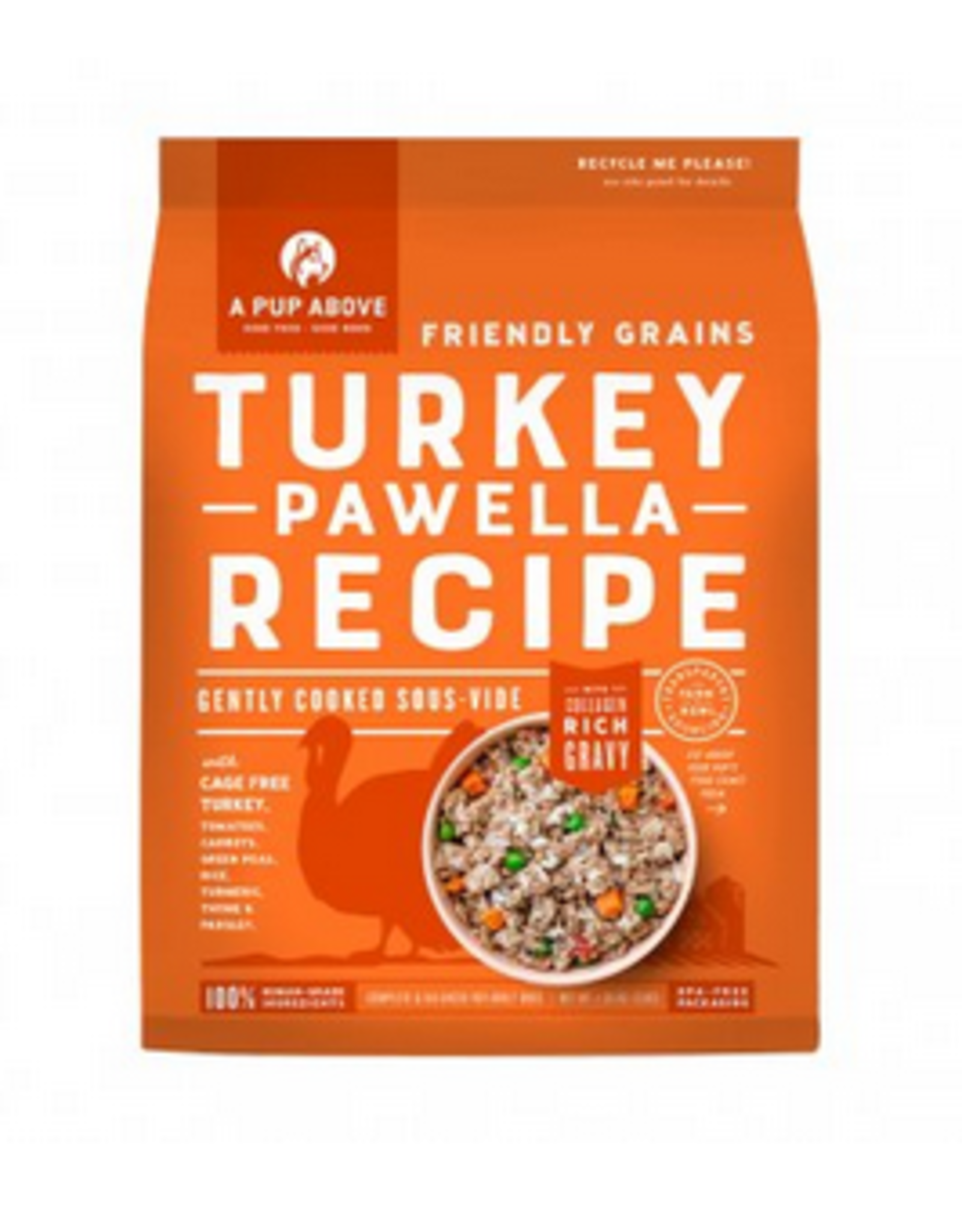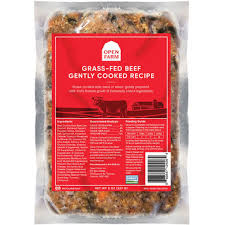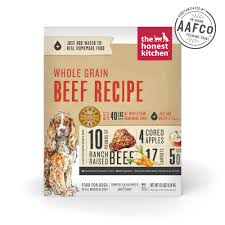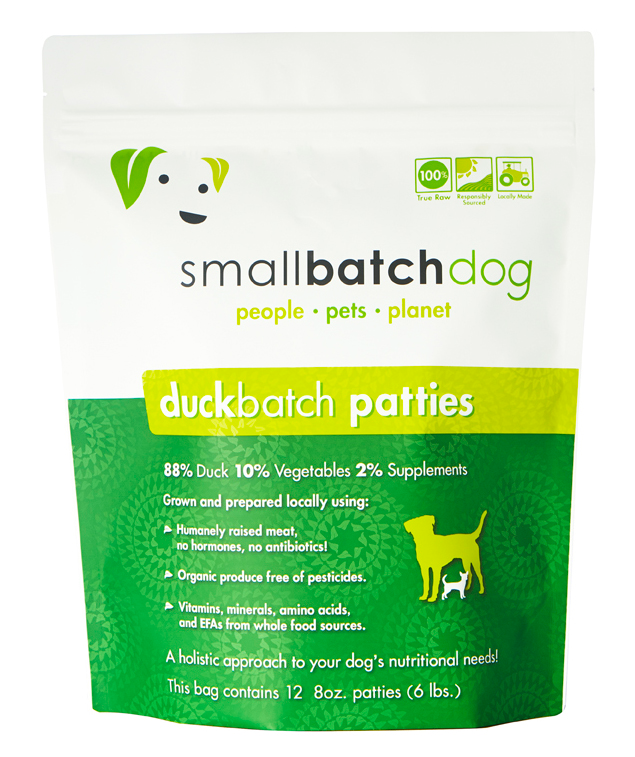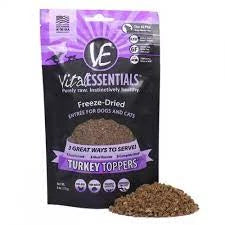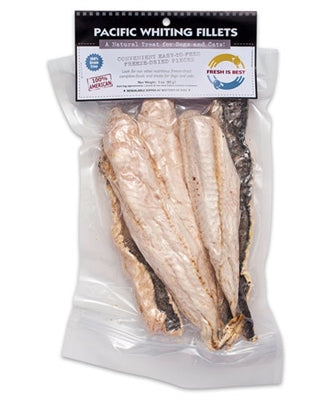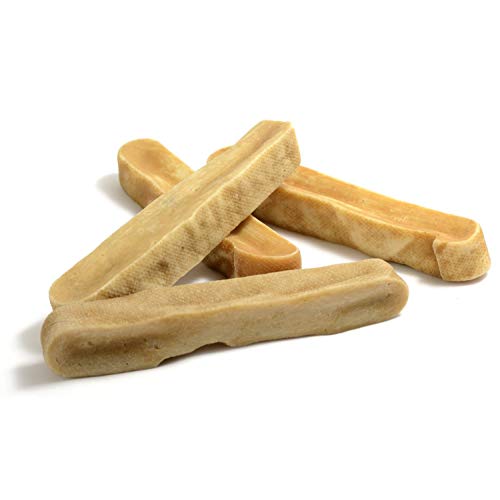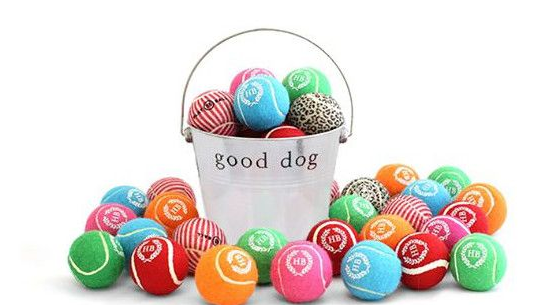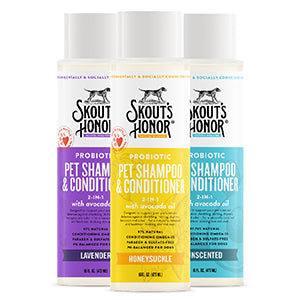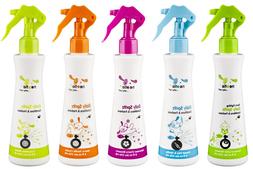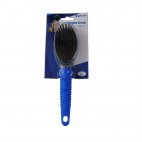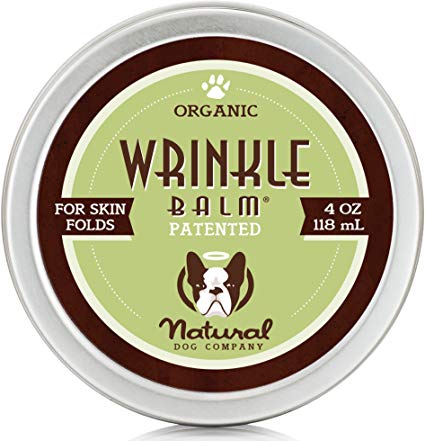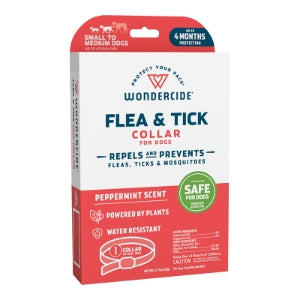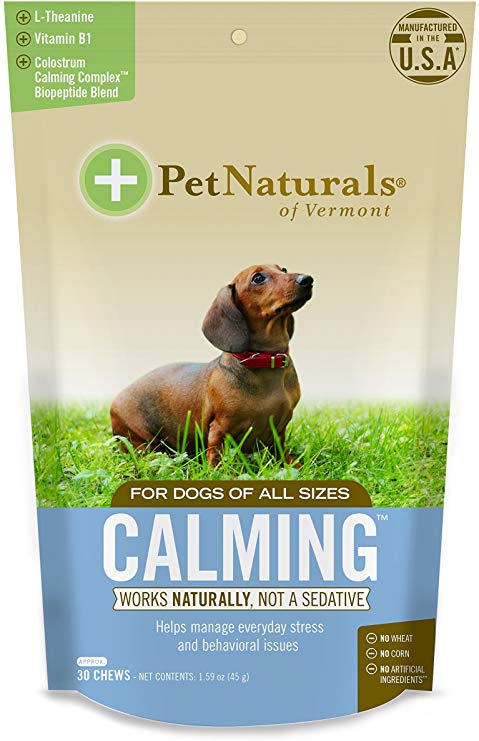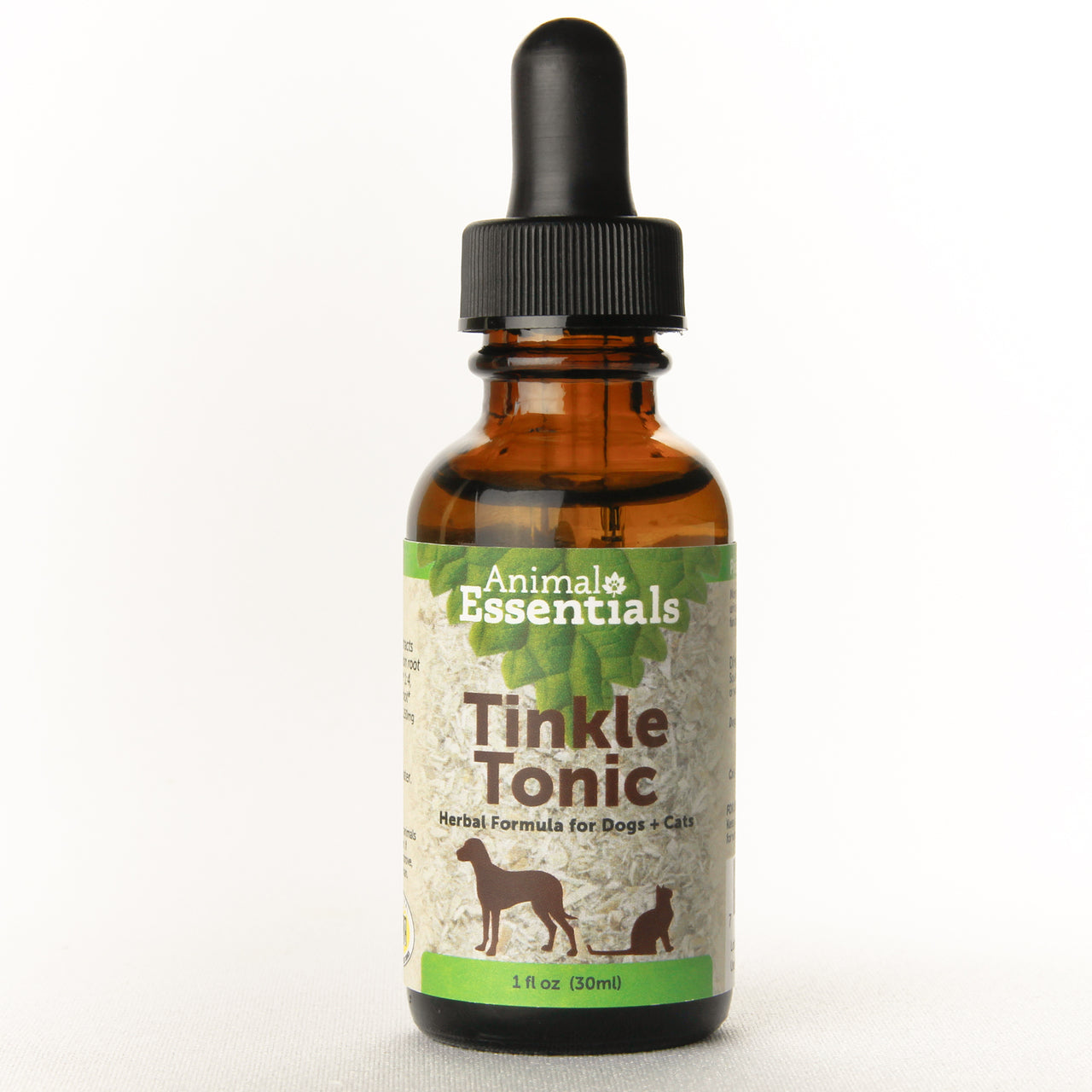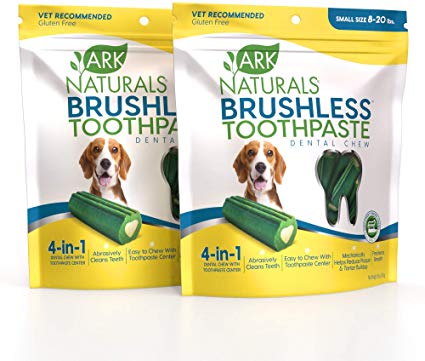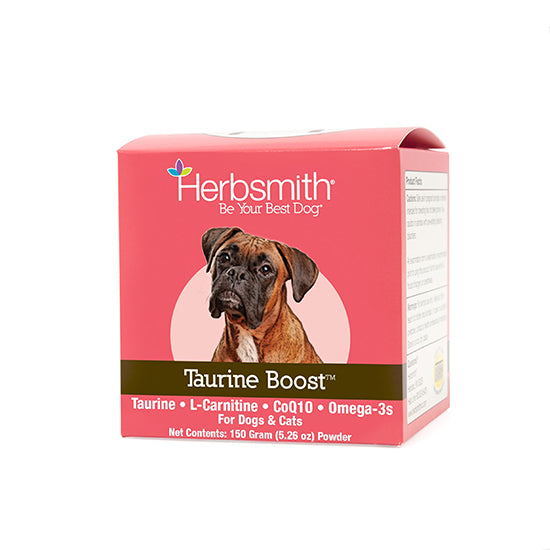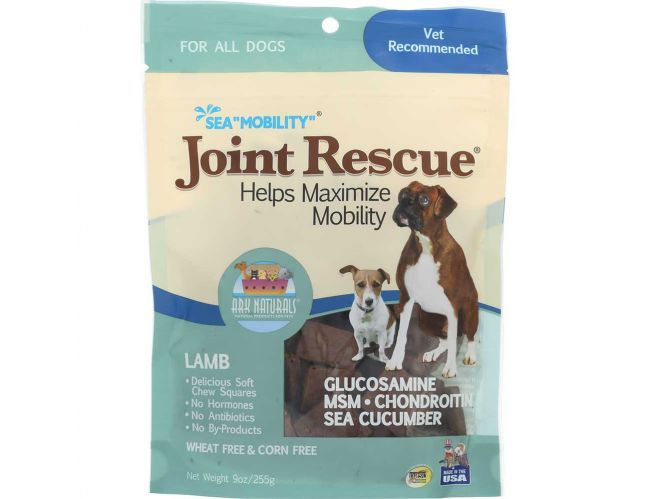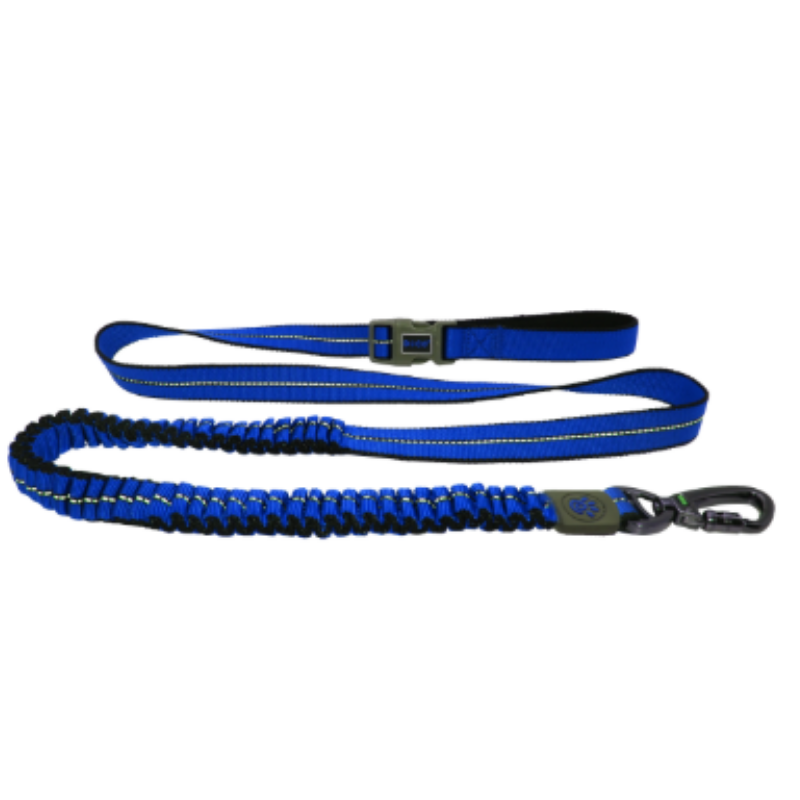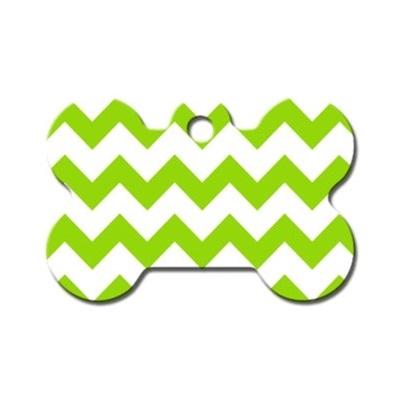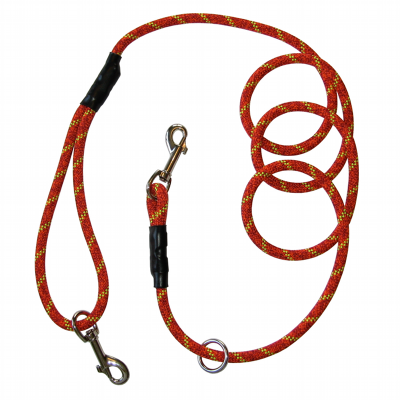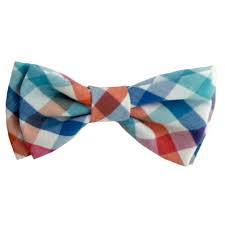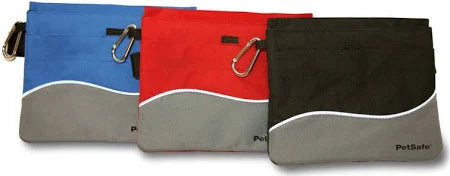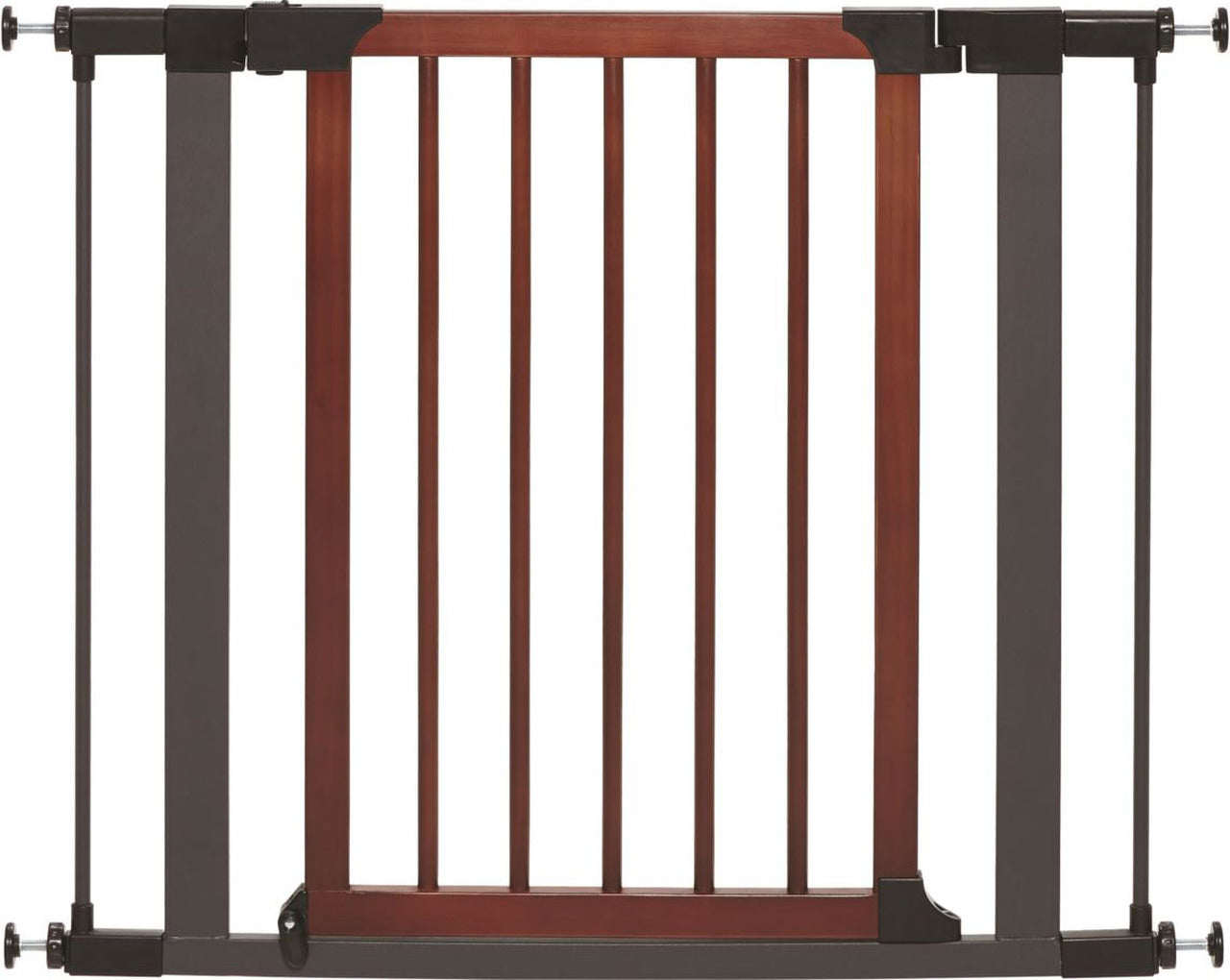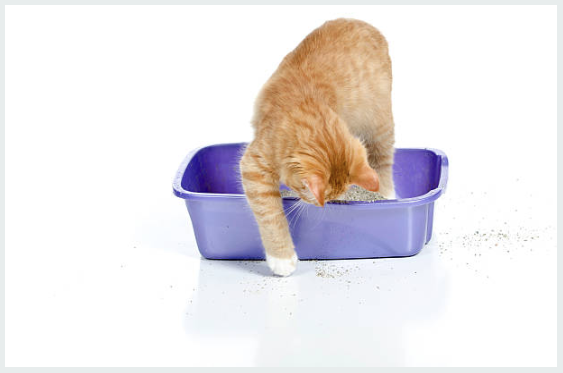Pet owners often find themselves at a crossroads when selecting the ideal diet for their furry companions. The choice between dry food and wet food can be overwhelming, and clarity is essential. In this article, we will explore the advantages and disadvantages of both dry and wet food for dogs and cats, providing you with the necessary insights to make an informed decision. Read on to discover which option might be best suited for your beloved pet.
Understanding Dry Food
Dry food, also known as kibble, is a popular choice among pet owners due to its convenience and cost-effectiveness. It typically comes in various shapes and sizes and is designed to provide a balanced diet for pets.
Benefits of Dry Food
- Cost-Effective: Dry food usually comes at a lower price point compared to wet food, making it a budget-friendly option for many pet owners.
- Convenience: Kibble is easy to store and serve. It can be left out during the day without spoiling, making it an ideal choice for pet parents with busy lifestyles.
- Dental Health: Some dry foods are formulated to help reduce plaque buildup and promote better dental health through the mechanical action of chewing.
- Long Shelf Life: Dry food tends to have a longer shelf life compared to wet food, allowing for bulk purchases without the risk of spoilage.
Drawbacks of Dry Food
- Moisture Content: Dry food generally contains less moisture, which can lead to dehydration, especially if your pet does not drink enough water.
- Less Palatable for Some Pets: Some dogs and cats may find dry food less appealing in terms of smell and taste compared to wet food.
- Potential for Overeating: The crunchy texture may encourage pets to eat more than they need, which could lead to obesity.
Understanding Wet Food
Wet food, or canned food, is another popular option, particularly among fussy eaters. This type of food typically has a higher moisture content, making it a more enticing choice for many pets.
Benefits of Wet Food
- High Moisture Content: Wet food can be beneficial for pets who do not drink enough water, as it contributes to their overall hydration.
- Palatability: The rich aroma and flavor of wet food can be more appealing to pets, making mealtime more enjoyable.
- Easy to Digest: Wet food is often easier on the digestive system, which can be beneficial for pets with sensitive stomachs or specific health issues.
- Variety: Wet food comes in a wide range of flavors and textures, allowing pet owners to provide a diverse diet for their pets.
Drawbacks of Wet Food
- Cost: Wet food is generally more expensive than dry food, which can make it a less feasible option for long-term feeding.
- Storage Challenges: Once a can is opened, wet food must be refrigerated and consumed within a few days to prevent spoilage.
- Dental Health Concerns: Wet food may not offer the same dental benefits as dry food, potentially leading to dental issues over time.
Making the Best Choice for Your Pet
Choosing between dry and wet food will ultimately depend on various factors, including your pet's age, health, and personal preferences. Here are some essential considerations to help you decide:
Age and Life Stage
It’s essential to consider your pet's age when selecting food. Puppies and kittens have different nutritional needs compared to adult and senior pets. Many dry and wet food options are available that are specifically formulated for different life stages.
Health Conditions
Some pets may have specific dietary requirements due to health conditions, such as obesity, kidney disease, or dental issues. Consulting your veterinarian can provide valuable insights into the best diet for your pet, considering any health challenges they may face.
Personal Preference
Pets can be quite particular about their food. Some may prefer the texture and taste of dry kibble, while others might enjoy the savoriness of wet food. A good strategy is to offer both types and monitor your pet's preference over time.
Combining Both Types of Food
Many pet owners find success in providing a mix of dry and wet food. This approach can offer the best of both worlds, ensuring that your pet receives the dental benefits of dry food while also enjoying the palatability and hydration that wet food provides.
Tips for Combining Dry and Wet Food
- Start by mixing small amounts of wet food into the dry food to see if your pet enjoys the combination.
- Use wet food as a topper for dry food to enhance flavor and interest.
- Monitor your pet's weight and adjust portion sizes accordingly to maintain a healthy diet.
Practical Feeding Tips
Regardless of which type of food you choose, there are some practical feeding tips to ensure that your pet enjoys their meals while receiving optimal nutrition:
- Regular Feeding Schedule: Establish a consistent feeding schedule by serving meals at the same time each day to help regulate their appetite.
- Fresh Water: Always provide fresh water, especially when feeding dry food, to promote proper hydration.
- Portion Control: Follow the feeding guidelines provided by the food manufacturer and consult your veterinarian to determine the correct portion sizes for your pet’s age and activity level.
Understanding Nutritional Needs
Regardless of whether you choose dry or wet food, understanding the nutritional needs of your pet is essential. Both types of food come in varying quality levels, so being mindful of ingredients is crucial.
Key Nutrients to Look For
- Protein: It’s essential for growth and maintenance of body tissues. Look for high-quality sources of animal protein.
- Fats: Healthy fats provide energy and support skin and coat health. Omega fatty acids are particularly beneficial.
- Vitamins and Minerals: Essential for overall health, vitamins and minerals must be included in the diet to promote strong bones, immune function, and overall well-being.
What Do Pet Experts Say?
Consulting pet nutrition experts can provide valuable insights into your pet's dietary needs. Many veterinary professionals recommend individual assessments based on your pet's breed, age, lifestyle, and any specific health conditions they may have. Understanding your pet's unique needs can guide you toward making the right choice when selecting between dry and wet food.
The Final Pawprint
The decision between dry food and wet food for your beloved dogs and cats doesn't have to be challenging. By considering your pet's individual needs, preferences, health conditions, and incorporating expert advice into your decision-making process, you can ensure that your furry friends receive a balanced and enjoyable diet. Ultimately, making informed choices will help keep their tails wagging and their purrs loud!


